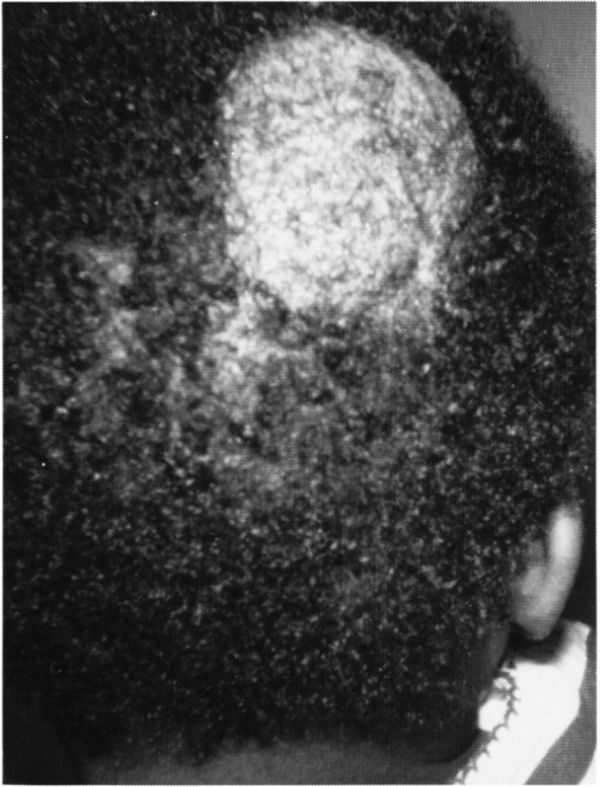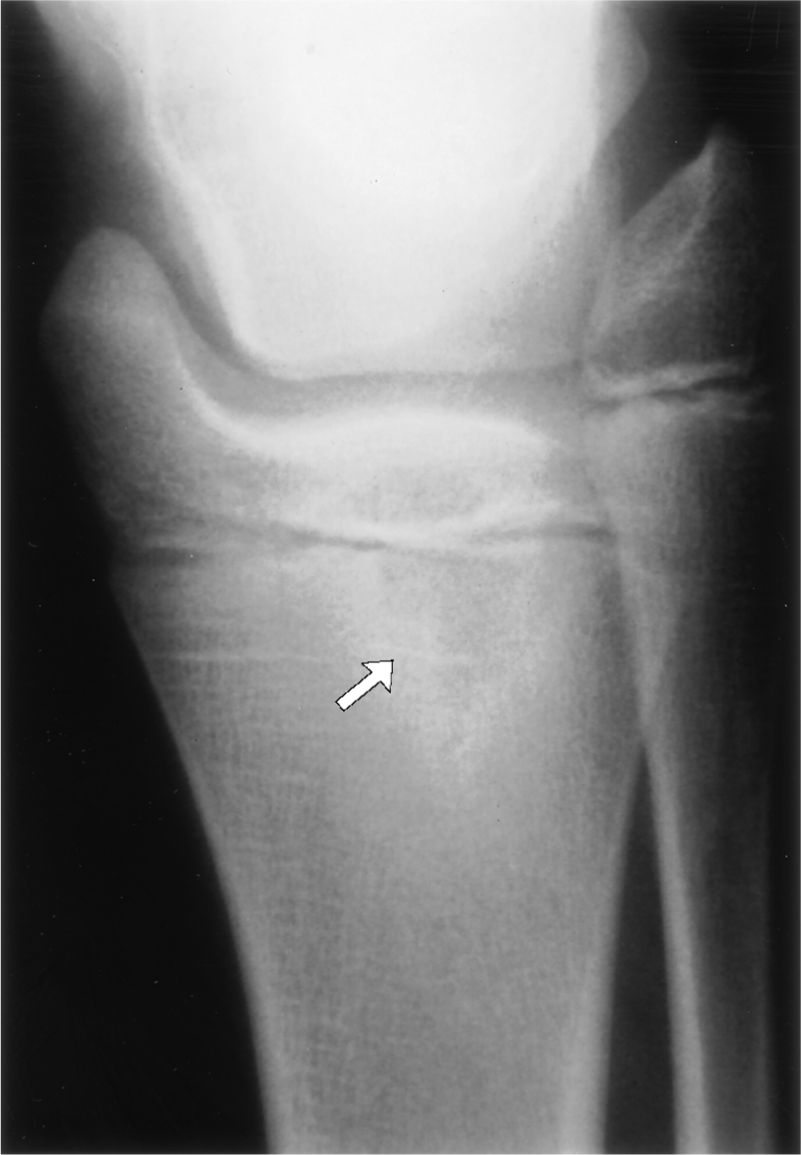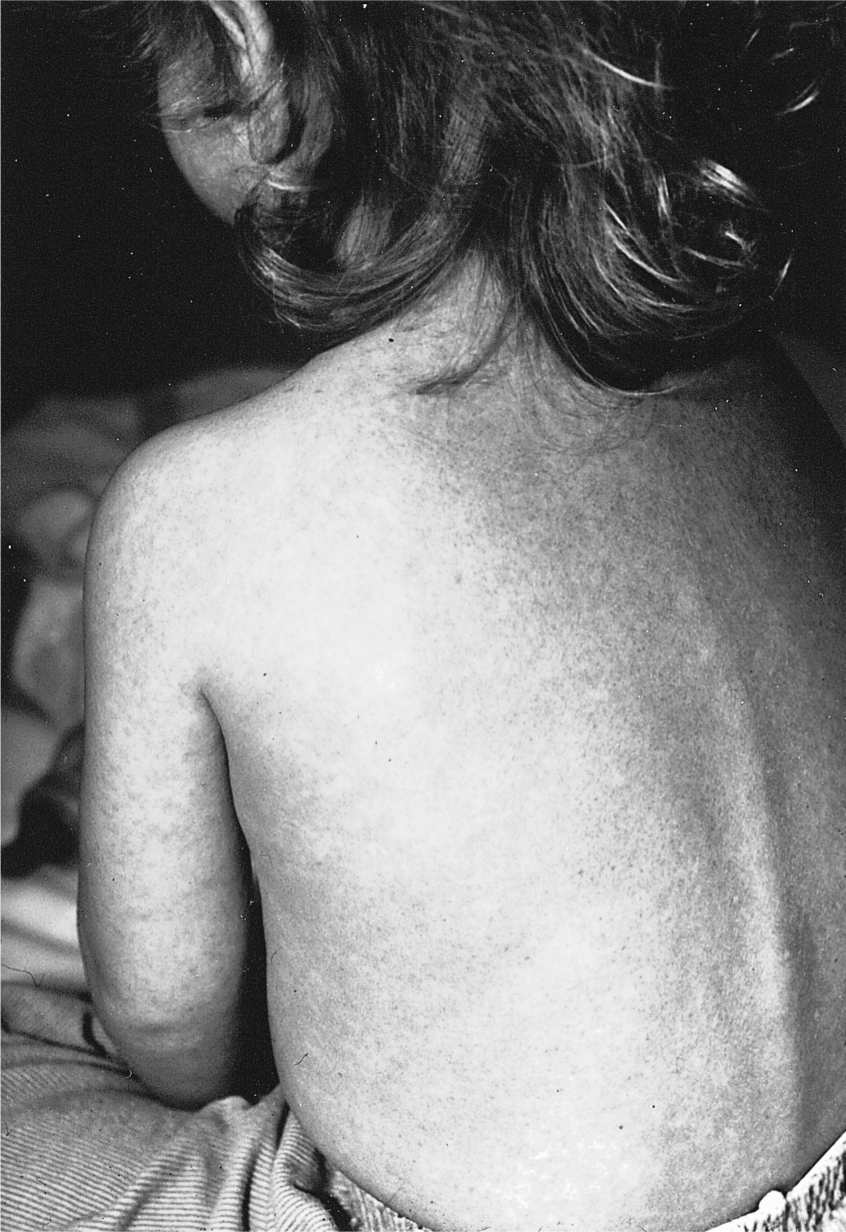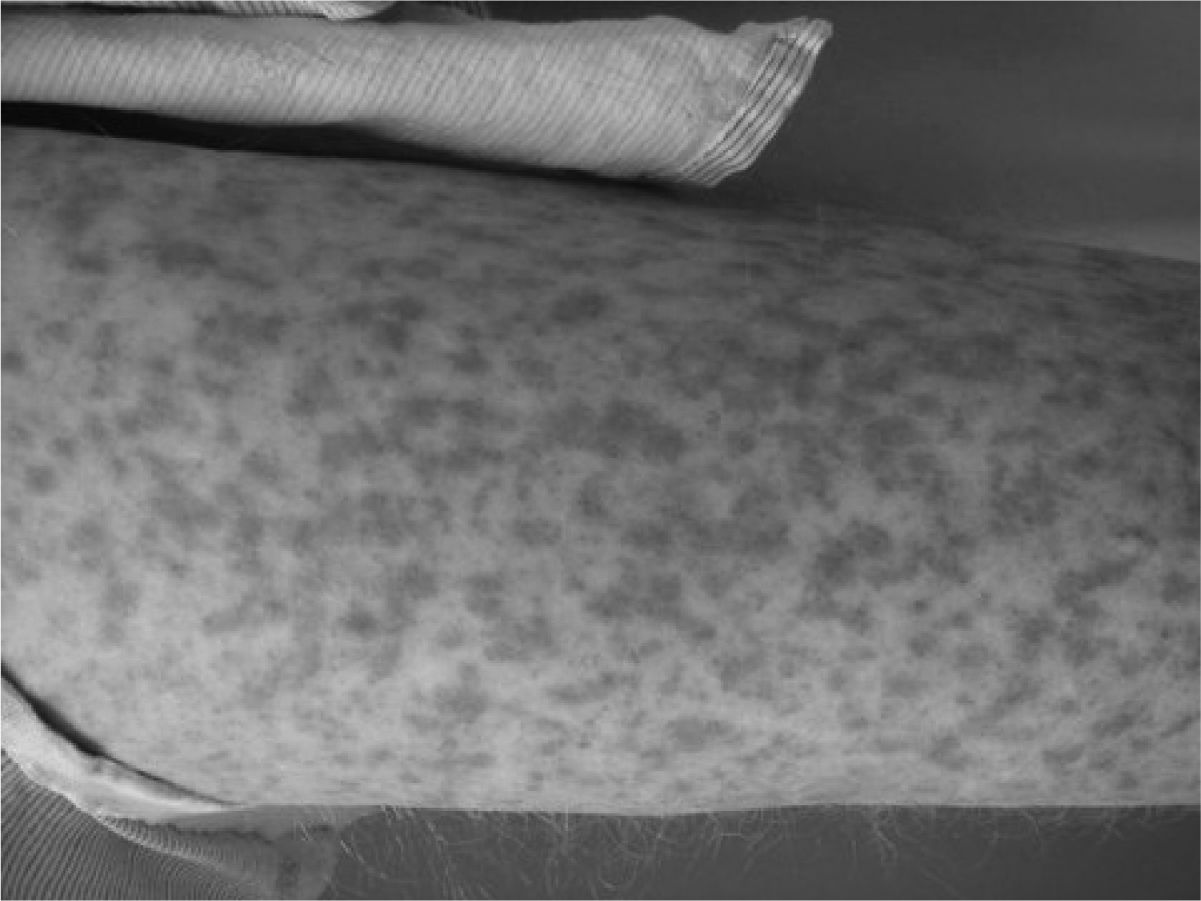a. Mumps
b. Varicella
c. Rubella
d. Measles
e. Diphtheria
345. A 2-month-old child of an HIV-positive mother is followed in your pediatric practice. Which of the following therapies should be considered for this child?
a. Monthly evaluation for Kaposi sarcoma
b. Prophylaxis against Pneumocystis jiroveci pneumonia (Pneumocystis carinii)
c. Vitamin C supplementation
d. Oral polio virus vaccine
e. Bone marrow transplantation
346. A 10-month-old infant on long-term aspirin therapy for Kawasaki disease develops sudden onset of high fever, chills, diarrhea, and irritability. A rapid swab in your office identifies influenza A, adding her to the long list of influenza patients you have seen this December. Over the next few days, she slowly improves and becomes afebrile. However, 5 days after your last encounter you hear from the hospital that she has presented to the emergency center obtunded and posturing with evidence of liver dysfunction. Which of the following statements about her current condition is correct?
a. With proper supportive care, the overall mortality rate is low.
b. With her progressive liver dysfunction, increased total serum bilirubin is anticipated.
c. Administration of N-acetylcysteine is first-line therapy
d. Seizures are uncommon with this condition.
e. Death is usually associated with increased intracranial pressures and herniation.
347. An 18-month-old child presents to the emergency center having had a brief, generalized tonic-clonic seizure. He is now postictal and has a temperature of 40°C (104°F). During the lumbar puncture (which ultimately proves to be normal), he has a large, watery stool that has both blood and mucus in it. Which of the following is the most likely diagnosis in this patient?
a. Salmonella
b. Enterovirus
c. Rotavirus
d. Campylobacter
e. Shigella
348. A 2-year-old child is admitted to your hospital team. The child’s primary care doctor has been following the child for several days and has noted her to have had high fever, peeling skin, abdominal pain, and a bright red throat. You are concerned because two common pediatric problems that could explain this child’s condition have overlapping presenting signs and symptoms. Which of the following statements comparing these two diseases in your differential is true?
a. Neither has a cardiac complication.
b. Serologic tests are helpful in diagnosing both.
c. Only one of the diseases has mucocutaneous and lymph node involvement.
d. Pharyngeal culture aids in the diagnosis of one of the conditions.
e. A specific antibiotic therapy is recommended for one of the conditions, but only supportive care is recommended for the other.
349. A patient with hair loss is shown below. The lesion does not fluoresce with a Wood lamp and has not responded well to a variety of topical agents. The lesion is boggy, is spreading, and has tiny pinpoint black dots throughout. Which of the following courses of action is most appropriate for this child?

a. Instruct mom to keep all hair braids loose rather than tight against the scalp
b. Initiate griseofulvin therapy
c. Ultraviolet light therapy and intradermal steroid injection
d. Supplement diet with biotin
e. Obtain thyroid function studies
350. An 8-year-old sickle-cell patient arrives at the emergency room (ER) in respiratory distress. Over the previous several days, the child has become progressively tired and pale. The child’s hemoglobin concentration in the ER is 3.1 mg/dL. Which of the following viruses is likely the cause of this clinical picture?
a. Roseola
b. Parvovirus B19
c. Coxsackie A16
d. Echovirus 11
e. Cytomegalovirus
351. A 10-year-old boy was healthy until about 10 days ago when he developed 7 days of fever, chills, severe muscle pain, pharyngitis, headache, sclerai injection, photophobia, and cervical adenopathy. After 7 days of symptoms, he seemed to get better, but yesterday he developed fever, nausea, emesis, headache, and mild nuchal rigidity. Cerebrospinal fluid (CSF) shows 200 white blood cells (WBCs) per microliter (all monocytes) and an elevated protein. Correct statements about this infection include which of the following?
a. The condition is obtained from arthropod vectors.
b. Central nervous system (CNS) involvement is uncommon.
c. Most cases are mild or subclinical.
d. Appropriate treatment includes intravenous (IV) immune globulin (IVIG) and aspirin.
e. Hepatic and renal involvement occurs in the majority of cases.
352. A previously healthy 8-year-old boy has a 3-week history of low-grade fever of unknown source, fatigue, weight loss, myalgia, and headaches. On repeated examinations during this time, he is found to have developed a heart murmur, petechiae, and mild splenomegaly. Which of the following is the most appropriate next step in the diagnosis of this child’s condition?
a. Measurement of antistreptolysin antibodies
b. Serial measurement of platelet count and initiation of aspirin therapy
c. Rapid streptococcal test
d. Obtain an echocardiogram
e. Chest radiograph and placement of a purified protein derivative (PPD)
353. A 15-month-old boy is brought to the ER because of fever and a rash. Six hours earlier he was fine, except for tugging on his ears; another physician diagnosed otitis media and prescribed amoxicillin. During the interim period, the child has developed an erythematous rash on his face, trunk, and extremities. Some of the lesions, which are of variable size, do not blanch on pressure. The child is now very irritable, and he does not interact well with the examiner. Temperature is 39.5°C (103.1°F). He continues to have injected, immobile tympanic membranes, but you are concerned about his change in mental status. Which of the following is the most appropriate next step in the management of this infant?
a. Begin administration of IV ampicillin
b. Begin diphenhydramine
c. Discontinue administration of ampicillin and begin trimethoprim with sulfamethoxazole
d. Perform bilateral myringotomies
e. Perform a lumbar puncture
354. The 3-year-old sister of a newborn baby develops a cough diagnosed as pertussis by nasopharyngeal culture. The mother gives a history of having been immunized as a child. Which of the following is a correct statement regarding this clinical situation?
a. The mother has no risk of acquiring the disease because she was immunized.
b. Hyperimmune globulin is effective in protecting the infant.
c. The risk to the infant depends on the immune status of the mother.
d. Erythromycin should be administered to the infant.
e. The 3-year-old sister should be immediately immunized with an additional dose of pertussis vaccine.
355. A 14-year-old boy is seen in the ER because of a 3-week history of fever between 38.3°C and 38.9°C (101°F and 102°F), lethargy, and a 2.7kg (6-lb) weight loss. Physical examination reveals marked cervical and inguinal adenopathy, enlarged tonsils with exudate, small hemorrhages on the soft palate, a WBC differential that has 50% lymphocytes (10% atypical), and a palpable spleen 2 cm below the left costal margin. Which of the following therapies should be initiated?
a. Initiation of zidovudine
b. IV acyclovir
c. IV infusion of immunoglobulins and high-dose aspirin
d. Intramuscular penicillin
e. Avoidance of contact sports
356. A 2-year-old child is seen in the emergency center with a 10-day complaint of fever and a limp. The child has an erythrocyte sedimentation rate (ESR) of 60 mm/h and the radiograph is shown below. Which of the following statements about this child’s condition is correct?

(Courtesy of Susan John, MD.)
a. It is most commonly caused by Streptococcus pyogenes.
b. It can arise following development of deep cellulitis.
c. It usually results in tenderness in the region of infection that is diffuse, not localized.
d. It causes diagnostic radiographic changes on plain films within 48 hours of the beginning of symptoms.
e. It requires antibiotic therapy usually for 10 to 14 days.
357. A 16-day-old infant presents with fever, irritability, poor feeding, and a bulging fontanel. Spinal fluid demonstrates Gram-positive rods. Which of the following is the most likely diagnosis?
a. Listeria monocytogenes
b. Group A streptococci
c. Group B streptococci
d. Streptococcus pneumoniae
e. Staphylococcus aureus
358. A 16-year-old boy presents to the emergency center with a 2-day history of an abscess with spreading cellulitis. While in the emergency center, he develops a high fever, hypotension, and vomiting with diarrhea. On examination, you note the erythematous rash demonstrated in the picture along with injected conjunctiva and oral mucosa, and a strawberry tongue. He is not as alert as when he first arrived. This rapidly progressive symptom constellation is likely caused by which of the following disease processes?
a. Kawasaki disease
b. TSST-1-secreting S aureus
c. Shiga toxin-secreting Escherichia coli
d. α-Toxin-secreting Clostridium perfringens
e. Neurotoxin-secreting Clostridium tetani
359. A 14-month-old infant suddenly develops a fever of 40.2°C (104.4°F). Physical examination shows an alert, active infant who drinks milk eagerly. No physical abnormalities are noted. The WBC count is 22,000/μL with 78% polymorphonuclear leukocytes, 18% of which are band forms. Which of the following is the most likely diagnosis?
a. Pneumococcal bacteremia
b. Roseola
c. Streptococcosis
d. Typhoid fever
e. Diphtheria
360. A 21-year-old woman has just delivered a term infant. She has had only one visit to her obstetrician, and that was at about 6 weeks of pregnancy. She provides her laboratory results from that visit. The delivered infant is microce-phalic, and has cataracts, a heart murmur, and hepatosplenomegaly. Your further evaluation of the child demonstrates thrombocytopenia, mild hemolytic anemia, and, on the echocardiogram, patent ductus arteriosus and peripheral pulmonary artery stenosis. Which of the following maternal laboratory tests done at 6 weeks of gestation is likely to explain the findings in this child?
a. Positive hepatitis B surface antibody
b. Positive rapid plasma reagin (RPR) with negative Microhemagglutination Treponema pallidum test (MHATP)
c. Negative rubella titer
d. Negative triple screen
e. Positive varicella titer
361. The parents of a 7-day-old infant bring her to your office for a swollen eye. Her temperature has been normal, but for the last 2 days she has had progressive erythema and swelling over the medial aspect of the right lower lid near the punctum. Her sclera and conjunctiva are clear. Gentle pressure extrudes a whitish material from the punctum. Which of the following ophthalmic conditions is the correct diagnosis?
a. Chalazion
b. Dacryocystitis
c. Preseptal cellulitis
d. Hyphema
e. Congenital Sjögren syndrome
362. The parents of a 3-year-old patient followed in your clinic recently took their child on a quickly planned 5-day trip to Africa to visit an ill grandparent. Everyone did well on the trip, but since returning about 10 days ago the boy has been having intermittent, spiking fevers associated with headache, sweating, and nausea. The parents had not been too concerned since he was relatively well, except for being tired, between the fevers. Today, however, they feel that he looks a bit pale and his eyes appear “yellow.” Which of the following is likely to reveal the source of his problem?
a. Hepatitis A IgG and IgM titers
b. Complete blood count (CBC) with smear
c. Hemoglobin electrophoresis
d. Tuberculosis skin test
e. Hepatitis B IgG and IgM titers
363. The child shown below presents with a 3-day history of malaise, fever of 41.1°C (106°F), cough, coryza, and conjunctivitis. He then develops the erythematous, maculopapular rash pictured. He is noted to have white pinpoint lesions on a bright red buccal mucosa in the area opposite his lower molars. Which of the following is the most likely diagnosis?

(Courtesy of Adelaide Hebert, MD.)
a. Parvovirus
b. Rubella
c. Herpes
d. Rubeola
e. Varicella
364. A 14-year-old girl awakens with a mild sore throat, low-grade fever, and a diffuse maculopapular rash as shown in the photograph. During the next 24 hours, she develops tender swelling of her wrists and redness of her eyes. In addition, her physician notes mild tenderness and marked swelling of her posterior cervical and occipital lymph nodes. Four days after the onset of her illness, the rash has vanished. Which of the following is the most likely diagnosis?

(Courtesy of Adelaide Hebert, MD.)
a. Rubella
b. Rubeola
c. Roseola
d. Erythema infectiosum
e. Erythema multiforme
365. A 4-year-old child presents in the clinic with an illness notable for swelling in front of and in back of the ear on the affected side, as well as altered taste sensation. Correct statements about this condition include which of the following?
a. Arthritis is a common presenting complaint in children.
b. The disease could have been prevented by prior immunization with killed whole-cell vaccine.
c. Involvement of the CNS may occur 10 days after the resolution of the swelling.
d. Orchitis can occur and is almost exclusively seen in prepubertal males.
e. Subendocardial fibroelastosis is a common complication in a child of this age.
366. A bat is found in the bedroom of a 4-year-old patient while the boy is sleeping. The family and the patient deny close contact with or bites from the bat. Which of the following is a correct statement regarding this situation?
a. Therapy is only required if the patient shows signs of rabies infection.
b. Bats are not a natural reservoir for rabies virus; no therapy is required.
c. The patient should be started on the rabies vaccine series.
d. The patient needs immediate treatment with acyclovir.
e. The patient needs immediate treatment with ribavirin.
367. An 8-year-old Cub Scout who returned from an outing 9 days ago is brought to the clinic with the rapid onset of fever, headache, muscle pain, and rash. The maculopapular rash began on the flexor surfaces of the wrist and has become petechial as it spread inward to his trunk. Which of the following is the most appropriate treatment for his likely condition?
a. Oral amoxicillin
b. Intravenous streptomycin
c. Infusion of IgG and supportive care
d. Intravenous vancomycin
e. Oral or intravenous doxycycline
368. The parents of a 7-month-old boy arrive in your office with the child and a stack of medical records for a second opinion. The boy first started having problems after his circumcision in the nursery when he had prolonged bleeding. Studies were sent at the time for hemophilia, but factor VIII and IX activity were normal. At 2 months, he developed bloody diarrhea, which his doctor assumed was a milk protein allergy and changed him to soy; his parents note he still has occasional bloody diarrhea. He has seen a dermatologist several times for eczema, and he has been admitted to the hospital twice for pneumococcal bacteremia. During both admissions, the parents were told that the infant’s platelet count was low, but they have yet to attend the hematology appointment arranged for them. The child’s WBC count and differential were normal. Which of the following is the most likely diagnosis in this child?
a. Idiopathic thrombocytopenic purpura (ITP)
b. Wiskott-Aldrich syndrome
c. Acute lymphocytic leukemia (ALL)
d. Adenosine deaminase deficiency
e. Partial thymic hypoplasia
369. A 10-year-old boy from the Connecticut coast is seen because of discomfort in his right knee. He had a large, annular, erythematous lesion on his back about 1 month ago. His mother recalls that the rash, which is almost gone, appeared about 1 week after she pulled a small tick off his back. Which of the following is the most appropriate next step in his management?
a. Aspiration of the affected knee
b. Measurement of specific IgM antibodies
c. Administration of a course of oral doxycycline
d. Electrocardiogram (EKG)
e. Biopsy of the remaining rash
370. Two weeks ago, a 5-year-old boy developed diarrhea, which has persisted to the present time despite dietary management. His stools have been watery, pale, and frothy. He has been afebrile. Microscopic examination of his stools is likely to show which of the following?
a. Salmonella sonnei
b. Enterobius vermicularis
c. Sporothrix schenckii
d. Toxoplasma gondii
e. Cryptosporidium
371. The rash and mucous membrane lesions shown in the photograph below develop in an infant 5 days into the course of an upper respiratory infection (URI) with otitis media; the child is being treated with amoxicilin. The child’s condition is likely which of the following?

a. Urticaria
b. Rubeola
c. Stevens-Johnson syndrome
d. Kawasaki disease
e. Scarlet fever
372. An 8-year-old immigrant from rural Central America presents with complaints of weakness, facial swelling, muscle pain, and fever. A CBC shows his white blood count to be 8,500/mm3 with 30% eosinophils. A course of which of the following treatments is appropriate for this child’s likely condition?
a. Supportive care alone or a course of nitazoxanide if symptoms persist
b. Saturated solution of potassium iodine (SSKI) or itraconazole
c. Metronidazole
d. Ketoconazole
e. Mebendazole or albendazole
373. A relatively well-appearing 6-month-old child presents with distinctive paroxysms of symptoms including machine-gun-like bursts of coughing, eyes bulging and watering, and purple face followed by post-tussive emesis. The family reports the child had 2 weeks ago congestion, rhinor-rhea, low-grade fever, sneezing, and lacrimation, but otherwise seemed fine and had been recovering from these symptoms for a few days. They report all in the family are well except their 15-year-old daughter who has had a cough for 3 weeks. For which of the following vaccines is the 15 year old most likely delinquent explaining the younger sibling’s symptoms?
a. Meningococcalbacteria (MCV)
b. Human papilloma virus (HPV)
c. Measles, mumps, rubella (MMR)
d. Pneumococcal 13 (PCV 13)
e. Reduced diphtheria toxoid and acellular pertussis vaccine, adsorbed (Tdap)
374. A 2-month-old infant comes to the emergency center with fever for 2 days, emesis, a petechial rash, and increasing lethargy. In the ambulance, he had a 3-minute generalized tonic/clonic seizure that was aborted with lorazepam. He does not respond when blood is drawn or when an IV is placed, but he continues to ooze blood from the skin puncture sites. On examination, his anterior fontanel is open and bulging. His CBC shows a WBC of 30,000 cells/μ,L with 20% band forms. Which of the infant’s problems listed below is a contraindication to lumbar puncture?
a. Uncorrected bleeding diathesis
b. Bulging fontanel
c. Dehydration
d. History of recent seizure
375. The mother of one of your regular patients calls your office. She reports that her daughter has a 3-day history of subjective fever, hoarseness, and a “bad” barking cough. You arrange for her to be seen in your office that morning. Upon seeing this child, you would expect to find which of the following?
a. A temperature greater than 38.9°C (102°F)
b. Expiratory stridor
c. Infection with parainfluenza virus
d. Hyperinflation on chest x-ray
e. A child between 6 and 8 years of age
Questions 376 to 379
For each set of immunologic abnormalities listed in the table below, select the most likely clinical presentation. Each lettered option may be used once, more than once, or not at all.
a. A 5-year-old boy who, after 3 months of age, developed recurrent otitis media, pneumonia, diarrhea, and sinusitis, often with simultaneous infections at two or more disparate sites
b. A distinctive-appearing 8-month-old boy with an interrupted aortic arch, hypocalcemia, and cleft palate
c. A 1-year-old boy with severe eczema, recurrent middle-ear infections, lymphopenia, and thrombocytopenia
d. A 9-year-old boy with an eczema-like rash and recurrent severe staphylococcal infections
e. A 4-month-old child who has had failure to thrive, chronic diarrhea, a variety of rashes, and recurrent serious bacterial, fungal, and viral infections
Questions 380 to 385
Match the disease with the associated organism. Each lettered option may be used once, more than once, or not at all.
a. Bartonella henselae
b. Pseudomonas
c. Rubivirus
d. Human herpesvirus 6
e. E coli
f. Helicobacter pylori
g. Group B streptococci
h. Listeria monocytogenes
i. Epstein-Barr virus (EBV)
j. Toxocara cati
k. Campylobacterjejuni
380. An 18-year-old college girl with an extremely sore throat and high fever who develops a rash upon administration of ampicillin
381. Foot puncture wound through a tennis shoe of an adolescent exploring a construction site
382. Warm, red, tender axillary lymph nodes, and red papules on the hand of a 5-year-old girl who is happily telling you of her recent adventures at her grandmother’s farm where she enjoyed playing with Chihuahua puppies, kittens, and ducklings
383. The appearance of an evanescent, erythematous, maculopapular rash following the rapid defervescence of several days of high fever in a 9-month-old boy
384. A 3-week-old uncircumcised boy with fever and urinary tract infection
385. Several weeks’ history of epigastric and periumbilical pain that worsens with fasting and is relieved by eating, in a 9-year-old boy with guaiacpositive stools
Questions 386 to 388
Match the diagnostic test with the associated disease state. Each lettered option may be used once, more than once, or not at all.
a. A 15-year-old sexually active girl with a single nontender lesion on her labia and regional nontender lymphadenopathy
b. An otherwise healthy 9-year-old boy with pinpoint black dots in the center of an itchy 3-cm boggy patch of hair loss on his scalp
c. An infant born at home 2 days ago who has profuse purulent drainage from both eyes, lid edema, and chemosis
d. A toddler with bloody diarrhea, anemia, and acute renal failure
e. Recurring fever and anemia in an immigrant from central Africa
386. Fungal culture
387. Culture on modified Thayer-Martin medium
388. Giemsa-stained smear of peripheral blood
Questions 389 to 392
Match each clinical state with the most likely form of pneumonia. Each lettered option may be used once, more than once, or not at all.
a. Mycoplasmal pneumonia
b. Pneumococcal pneumonia
c. Chlamydial pneumonia
d. Viral pneumonia
e. Tuberculous pneumonia
f. Fungal pneumonia
g. Staphylococcal pneumonia
389. A 6-week-old infant with tachypnea and history of eye discharge at 2 weeks of age.
390. A 14-year-old girl with low-grade fever, cough of 3 weeks’ duration, and interstitial infiltrate.
391. A 2-month-old boy with a 3-day history of URI who suddenly develops high fever, cough, and respiratory distress; within 48 hours, the patient has developed a pneumatocele and a left-sided pneumothorax.
392. An 8-year-old girl with fever, tachypnea, and lobar infiltrate. She has failed outpatient therapy of amoxicillin, has developed empyema, and has had to have chest tubes placed.
Stay updated, free articles. Join our Telegram channel

Full access? Get Clinical Tree



